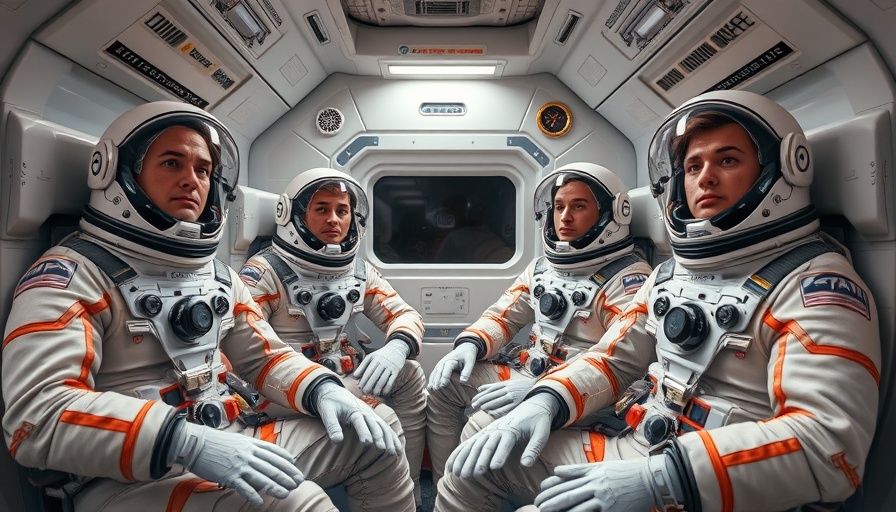
SpaceX Crew-11: A New Era of Human Space Exploration
As the world watches with bated breath, the Crew-11 astronauts inside their Crew Dragon spacecraft, "Endeavour," prepare to dock with the International Space Station (ISS) on Aug. 2, 2023. This mission exemplifies the remarkable advancements in human spaceflight, technological innovation, and international collaboration. With a launch aboard a Falcon 9 rocket just 15 hours before the scheduled docking, Crew-11's mission marks yet another milestone in SpaceX's historic contribution to space exploration.
The Significance of Docking: Five Years Later
Interestingly, this momentous event occurs precisely five years after the splashdown of SpaceX's first crewed mission, Demo-2. This pioneering flight paved the way for safety standards and operational techniques that have since transformed human spaceflight. Each mission lays the groundwork for the future, creating a richer tapestry of experience essential for deeper space missions to the Moon and beyond.
Meet the Astronauts: A Diverse Crew
At the helm of Crew-11 is NASA astronaut Zena Cardman, alongside veteran Mike Fincke, Japanese astronaut Kimiya Yui, and Russia's Oleg Platonov. The diversity of backgrounds not only enhances team dynamics but also symbolizes the global collaborative effort in space exploration. Each member brings unique expertise: Cardman is making her inaugural trip into space, Platonov is participating in his first mission, Yui brings prior experience, and Fincke completes the quartet with four missions under his belt.
Looking Forward: The Future of Space Missions
As Crew-11 members join the current Expedition 73 crew, comprising astronauts from JAXA and NASA, they will focus on groundbreaking research. The collaborative spirit among nations is clear as they prepare to address challenges in scientific research, engineering, and sustainability aboard the ISS. With a proposed timeline for ambitious missions to the Moon and Mars, the advancements from Crew-11's preparatory phase will certainly impact the next chapters of human exploration.
Why Events Like This Matter
The arrival of Crew-11 isn't an isolated event; it resonates with ongoing advancements in aerospace technology and signifies a leap towards the long-term goals of interplanetary missions. As more private entities like SpaceX get involved in crewed spaceflight, the landscape of space exploration is rapidly changing. Innovation, affordability, and reliability are at the forefront. Observers keen on how technology shapes humanity's future can't afford to overlook these developments.
Getting Involved: How You Can Follow Along
For space enthusiasts back on Earth, excitement is just a click away. Following the live stream scheduled to commence at 1 a.m. EDT on Aug. 2 will provide a front-row seat to witness history unfold. NASA and platforms like Space.com will cover the entire event, ensuring that anyone interested can join in celebrating this monumental achievement.
Embracing the Journey Beyond Earth
Crew-11 is just one of the many milestones that emphasize the theme of exploration—pushing boundaries, both physically and mentally. The involvement of commercial partners and international agencies illustrates our collective aspiration to expand knowledge beyond our planet, making these endeavors more than just scientific missions; they are stepping stones towards human progress.
 Add Row
Add Row  Add
Add 




Write A Comment